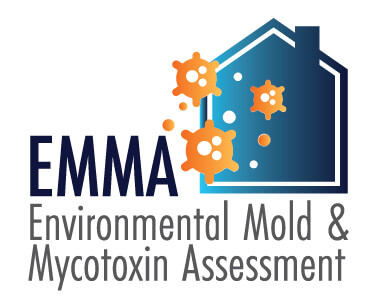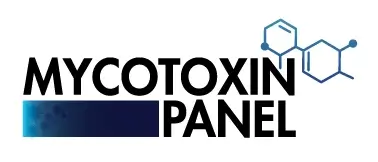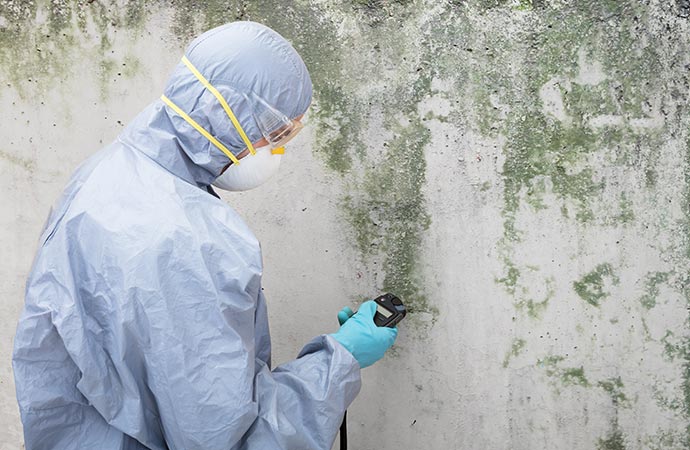How Mycotoxin Testing Assists Stop Contamination and Guard Food Products

Mycotoxin screening is a vital practice in the food market, offering as a frontline protection against contamination by dangerous toxins created by mold and mildews. Via the application of sophisticated methods like High-Performance Fluid Chromatography (HPLC) and Fluid Chromatography-Mass Spectrometry (LC-MS), food producers can accurately identify and quantify mycotoxin levels in agricultural products.
Recognizing Mycotoxins
Recognizing mycotoxins starts with identifying that they are toxic secondary metabolites produced by specific molds, which can pollute agricultural products. These metabolites are not necessary for the development or recreation of the fungis yet can have extreme effects for animal and human health. Mycotoxins are commonly found in staple plants such as corn, wheat, barley, and nuts, where they can proliferate under specific problems of dampness and temperature level.
There are numerous types of mycotoxins, each produced by various fungal types. Fusarium varieties create trichothecenes and fumonisins, both of which are associated with different acute and persistent health and wellness issues.

Risks of Mycotoxin Contamination
The risks of mycotoxin contamination are complex, presenting significant hazards to both food security and public health. Mycotoxins, poisonous compounds produced by particular kinds of fungi, can contaminate a vast variety of agricultural items including grains, nuts, spices, dried out fruits, and coffee.
Economic influences are another significant issue. Infected crops can result in considerable financial losses for farmers and food manufacturers due to minimized returns and the requirement for pricey decontamination procedures. Additionally, global trade can be dramatically hindered as nations enforce stringent mycotoxin laws to safeguard their populaces, bring about turned down deliveries and strained trade relations.
Environmental factors such as climate modification aggravate the risk of mycotoxin contamination. Variations in temperature level and moisture can develop desirable problems for fungal development, increasing the possibility of contamination events. Therefore, understanding and minimizing these dangers are vital for making certain the safety and security and integrity of worldwide food products.
Techniques of Mycotoxin Testing
Precisely determining mycotoxin contamination in agricultural products is necessary for protecting public health and preserving food safety standards. Various approaches are used to identify and evaluate mycotoxins, each offering certain advantages and restrictions.
High-Performance Liquid Chromatography (HPLC) is a widely made use of technique because of its high sensitivity and accuracy. It entails separating mycotoxins from other materials in an example, allowing accurate metrology. In A Similar Way, Liquid Chromatography-Mass Spectrometry (LC-MS) combines liquid chromatography with mass spectrometry to provide detailed molecular details, making it especially useful for recognizing several mycotoxins at the same time - Mycotoxin testing Services.

Gas Chromatography-Mass Spectrometry (GC-MS) and Thin-Layer Chromatography (TLC) are also employed, each with unique applications. GC-MS is effective for unpredictable mycotoxins, while tender loving care supplies a less complex, cost-effective choice for initial testing.
Advantages of Routine Evaluating
Routine testing for mycotoxins in agricultural items supplies countless advantages, dramatically adding to public health and wellness and food security. By determining contamination early, regular testing aids protect against the circulation of hazardous foods, consequently decreasing the risk of mycotoxin-related diseases among consumers. This proactive strategy not just safeguards human health and wellness however also boosts the general quality of food products.
Constant testing additionally supports regulatory conformity. Different nations and regions have actually developed strict limits for mycotoxin degrees in food and feed. Sticking to these limits via routine testing makes certain that manufacturers and providers meet lawful requirements, therefore staying clear of penalties and profession barriers. Maintaining conformity fosters customer trust and brand name online reputation, which are vital for market success.
Additionally, routine mycotoxin testing can cause considerable financial benefits. Early detection of contamination enables prompt intervention, decreasing possible losses from extensive contamination. Applying regular testing protocols can also lessen recall expenses and relevant responsibilities, which can be financially devastating.
Furthermore, regular testing offers important data that can notify much better agricultural practices and storage conditions. By understanding patterns of contamination, producers can adopt preventive measures, next thereby reducing future risks and adding to the sustainability of the food supply chain.
Carrying Out Checking Procedures
Carrying out effective mycotoxin screening procedures is essential for ensuring the safety and top quality of farming products. Each phase has to be inspected to pinpoint where mycotoxin contamination is most likely to take place.
When crucial control factors are determined, selecting proper testing methods is crucial. Typical strategies consist of enzyme-linked immunosorbent assay (ELISA), high-performance liquid chromatography (HPLC), and mass spectrometry (MS) Each approach has its weak points and staminas; thus, picking the proper one depends upon the specific mycotoxin being checked, the required level of sensitivity, and offered sources.

Last but not least, integrating the testing methods into a comprehensive food safety monitoring system is a good idea. This enhances traceability and makes it possible for quick corrective activities when contamination is found, thus guarding the stability of the food supply chain.
Conclusion
Mycotoxin screening is necessary in avoiding contamination click reference and safeguarding food materials by enabling very early detection of dangerous toxins created by molds in agricultural items. Advanced techniques such as HPLC and LC-MS make certain conformity with security regulations and secure customers from health and wellness threats. Regular screening boosts brand track record, financial stability, and count on food safety by reducing contamination-related losses and keeping high standards in food manufacturing. Executing rigorous testing methods is thus imperative for the industry's general wellness.
Mycotoxin screening is an indispensable practice in the food industry, serving as a frontline protection against contamination by hazardous toxins generated by molds. An Recommended Reading incorporated technique involving farming methods, storage space administration, and regular screening can reduce the threats associated with mycotoxin contamination, making certain food security and public health.
The dangers of mycotoxin contamination are complex, presenting significant hazards to both food safety and security and public wellness.Normal screening for mycotoxins in farming products uses many benefits, significantly adding to public wellness and food security.Mycotoxin testing is essential in preventing contamination and safeguarding food products by allowing early discovery of unsafe toxic substances produced by mold and mildews in agricultural products.